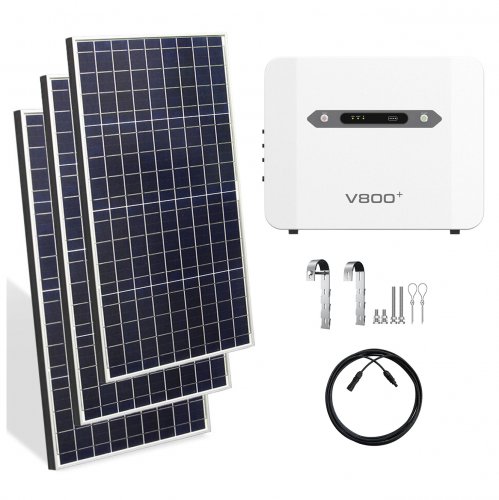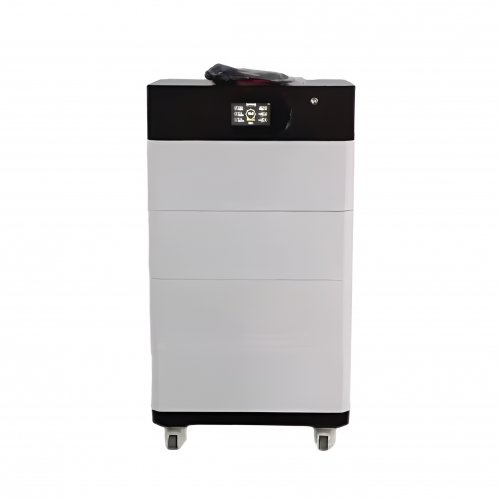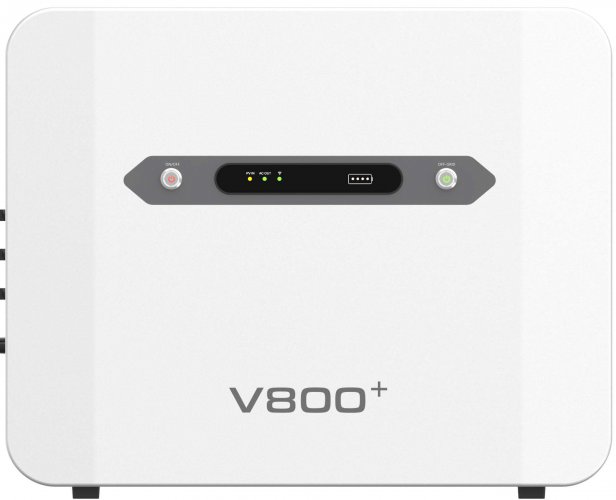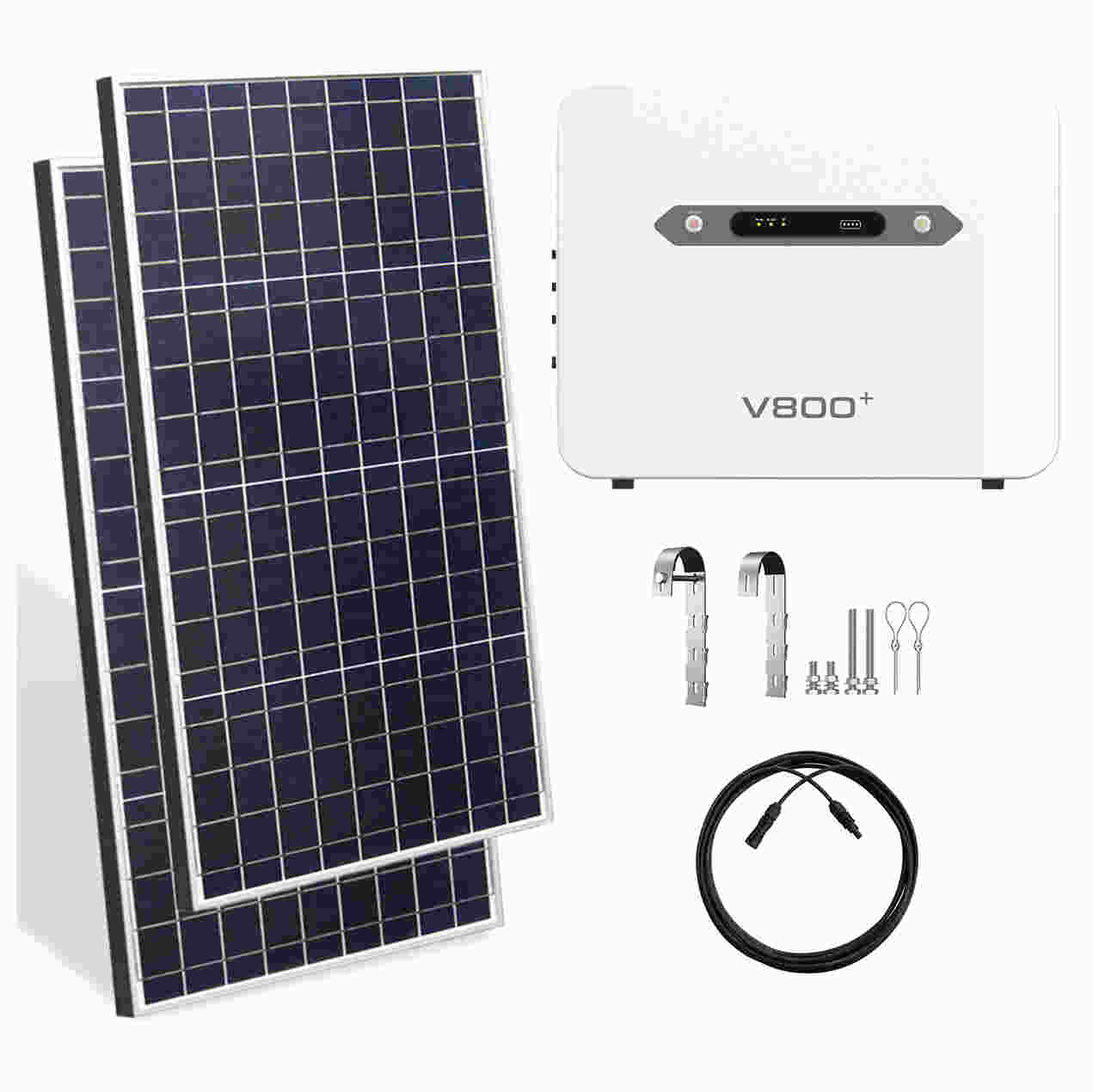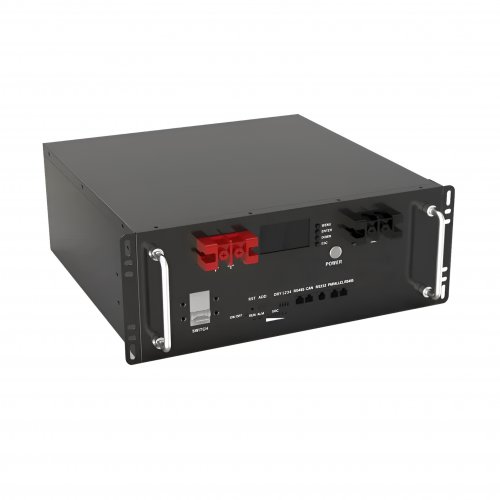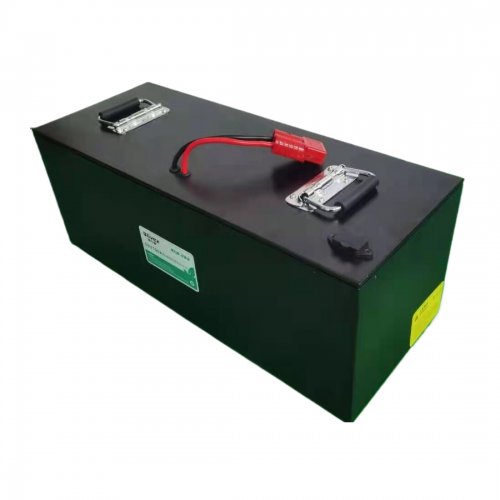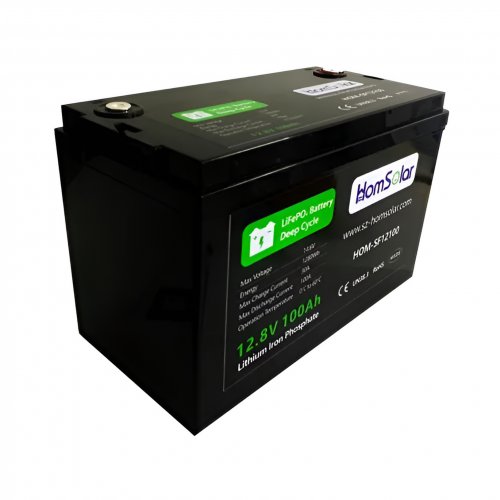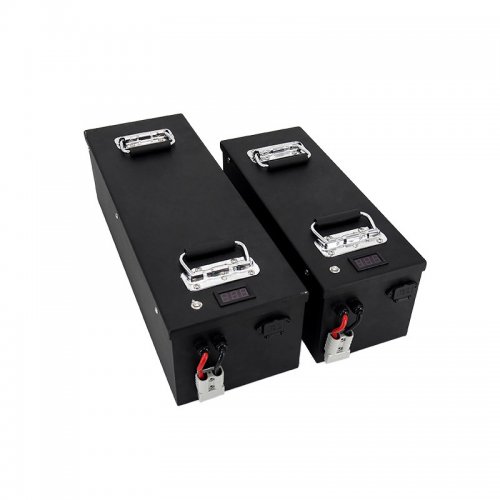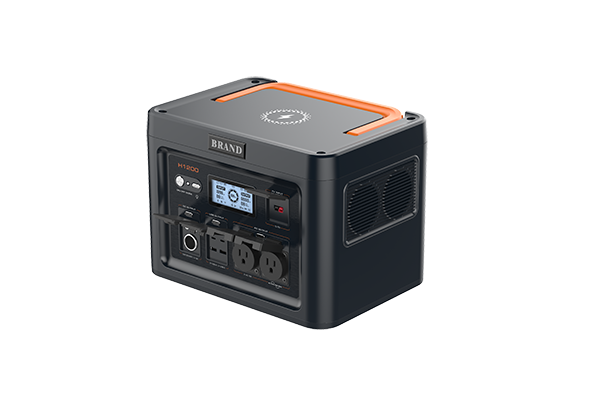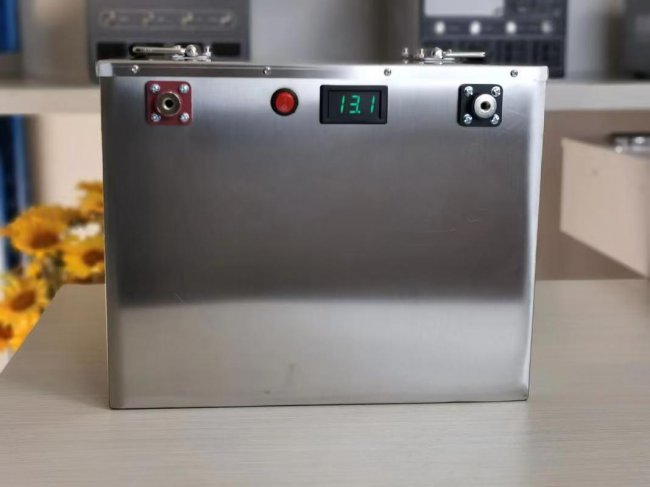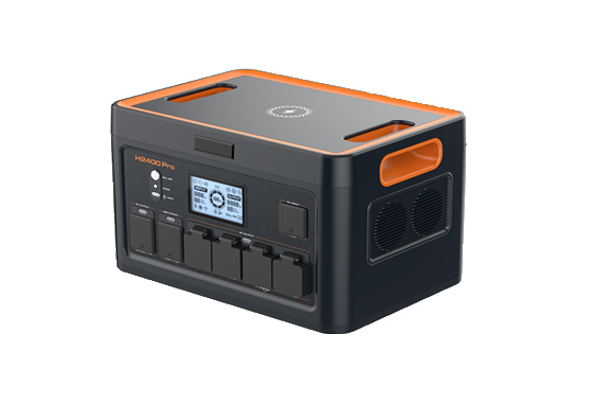New research sheds light on impact of sodium-induced degradation in heterojunction solar cells
A research team from the University of New South Wales (UNSW) and Chinese-Canadian solar module maker Canadian Solar has investigated how heterojunction (HJT) solar cells are hit by sodium (Na) and moisture degradation under accelerated damp-heat testing and has found that most degradation modes predominantly affect the cells themselves, making cell-level testing the preferred approach.
“The main motivation for this work was to address the long-term reliability challenges of HJT technology, which, despite its high efficiency and growing adoption in the photovoltaic market, is very susceptible to degradation under high-temperature and high-humidity conditions,” the research's lead author, Bram Hoex, told pv magazine. “A key focus is on understanding the underlying mechanisms of Na-induced degradation and its interactions with environmental anions and material compositions, such as transparent conductive oxide (TCO) layers and metal contacts.”
According to Hoex, it is critical to understand these mechanisms to guide the field in effectively addressing the recombination issues and other degradation pathways. “Cell-level testing is approximately two orders of magnitude faster than module-level evaluations, allowing for detailed characterisation of failure modes,” he explained. “This accelerated and granular approach is exploited in this study to comprehensively investigate the degradation mechanisms and support the development of improved bills of materials, solar cells, and testing protocols.”
In the paper “Unveiling the degradation mechanisms in silicon heterojunction solar cells under accelerated damp-heat testing,” published in Solar Energy Materials and Solar Cells, Hoex and his team considered three different kinds of sodium salts – sodium bicarbonate (NaHCO₃), sodium chloride (NaCl), and sodium nitrate (NaNO₃) – as degradation agents to simulate contamination in HJT cells under damp-heat.
“This methodological choice simulates realistic contamination scenarios commonly encountered in the field,” Hoex said. “Through in-depth degradation pattern analysis and elemental profiling, we precisely identified the degradation mechanisms attributed to each contaminant, uncovering distinct pathways modulated by the specific anionic properties of each sodium salt/ion combination.”
The researchers found that NaHCO₃, due to its alkaline nature, induces significant degradation in SHJ cells by chemically interacting with transparent conductive oxide (TCO) layers, leading to marked alterations in elemental composition and ultimately compromising both open-circuit voltage stability and contact integrity. Furthermore, they ascertained that NaCl, driven by its chloride ions, primarily triggers severe contact failures associated with morphological transformations in nano-silver particles. Conversely, NaNO₃ exhibited negligible impact on SHJ cell performance, which we attribute to its neutral anionic structure and lower chemical reactivity.
“Our findings confirm that sodium ions require specific conditions to initiate degradation in SHJ cells, selectively impacting vulnerable regions,” Hoex concluded. “This comprehensive understanding provides valuable guidance for material selection and module fabrication processes and could serve as a diagnostic tool for identifying and addressing solar module failures observed in the field.”
Another research group led by UNSW in 2023 investigated failure modes in HJT solar modules with glass-backsheet configurations. They identified four failure modes caused by damp heat in heterojunction solar panels with a glass-back sheet configuration.
More recently, a group of researchers from French research center Institut Photovoltaïque d'Ile-de-France (IPVF) and EDF R&D, a unit of French energy giant EDF, conducted a series of tests to assess the reliability of HJT solar panels in a damp heat environment and has identified sodium ions has the main degradation factor.
Customized/OEM/ODM Service
HomSolar Supports Lifepo4 battery pack customization/OEM/ODM service, welcome to contact us and tell us your needs.


HomSolar: Your One-stop LiFePO4 Battery Pack & ESS Solution Manufacturer
Our line of LiFePO4 (LFP) batteries offer a solution to demanding applications that require a lighter weight, longer life, and higher capacity battery. Features include advanced battery management systems (BMS), Bluetooth® communication and active intelligent monitoring.

Customised Lithium Iron Phosphate Battery Casing
ABS plastic housing, aluminium housing, stainless steel housing and iron housing are available, and can also be designed and customised according to your needs.

HomSolar Smart BMS
Intelligent Battery Management System for HomSolar Energy Storage System. Bluetooth, temperature sensor, LCD display, CAN interface, UART interface also available.


Terminals & Plugs Can Be Customized
A wide range of terminals and plugs can be customised to suit the application needs of your battery products.

Well-designed Solutions for Energy Storage Systems
We will design the perfect energy storage system solution according to your needs, so that you can easily solve the specific industry applications of battery products.



About Our Battery Cells
Our energy storage system products use brand new grade A LiFePO4 cells with a battery lifespan of more than 4,000 charge/discharge cycles.



Applications in Different Industries
We supply customized & OEM battery pack, assemble cells with wiring, fuse and plastic cover, all the cell wires connected to PCB plug or built BMS.
Applications: E-bike, Electric Scooter, Golf Carts, RV, Electric Wheelchair, Electric Tools, Robot Cleaner, Robot Sweeper, Solar Energy Storage System, Emergency Light, Solar Power Light, Medical Equipment, UPS Backup Power Supply.
We can provide you with customized services. We have the ability to provide a vertical supply chain, from single cells to pack/module and to a complete power solution with BMS, etc.


HomSolar (Shenzhen) Technology Co., Ltd







